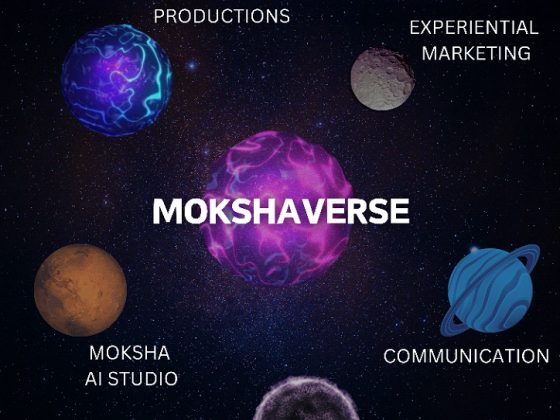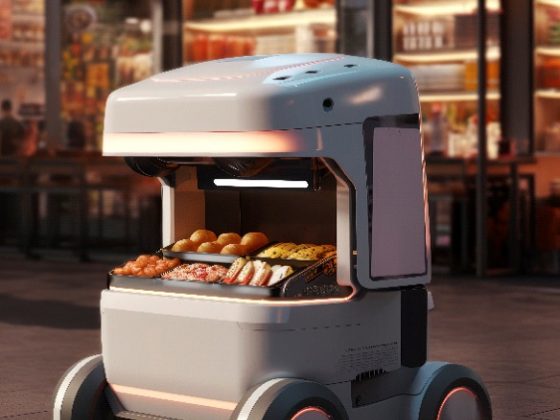Nestlé has embraced this approach, using predictive analytics to deliver personalised product recommendations based on consumer preferences and purchase history. This not only enhances the shopping experience but also drives repeat purchases. According to McKinsey, brands that excel at personalisation see up to 40% higher revenue growth than those that don’t.
Sustainability is another area where predictive analytics plays a key role. With eco-conscious consumers demanding more environmentally friendly products, brands like Procter & Gamble have introduced sustainable offerings like Tide Eco-Box, based on data insights revealing shifting consumer values toward greener products.
While predictive analytics’ benefits are clear, implementing it effectively comes with challenges. FMCG companies must navigate the complexities of managing vast datasets and ensure the accuracy and relevance of their inputs. Faulty or biased data can lead to incorrect predictions, which can be costly.
Nonetheless, the potential for predictive analytics in FMCG is only growing. According to Statista, the market for predictive analytics software was valued at 5.29 billion U.S. dollars in 2020 and is forecasted to increase to 41.52 billion U.S. dollars by 2028.
Looking ahead, predictive analytics will become even more integral to the FMCG landscape. Companies harnessing its power will innovate faster, minimise risks, and create meaningful consumer connections. In a world where consumer demands constantly evolve, staying ahead through data is no longer optional—it’s essential.











